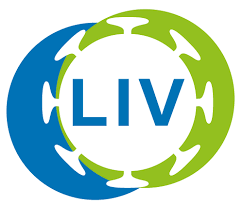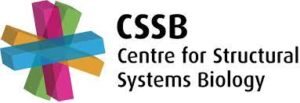P6 – Role of importin-α7 in influenza A virus ribonucleoprotein complex assembly and nuclear trafficking
Principal Investigators
Prof. Dr. rer. nat. Gülsah Gabriel
Leibniz Institute of Virology, Hamburg
Viral Zoonoses – One Health

Prof. Dr. Charlotte Uetrecht
Center for Structural Systems Biology, Hamburg
Dynamics of Viral Structures

Project Summary

Influenza A viruses (IAV) may cross species barriers and transmit from animal to man with the potential to cause recurrent epi- and pandemics. Major determinants of interspecies transmission include adaptation to human receptors to allow viral entry into the new host cell as well as adaptation to the human nuclear importin-α trafficking machinery to allow nuclear entry of the viral polymerase complex1-3. Due to the high divergence between components of the avian and mammalian nuclear import components, avian IAV need to switch from avian-type importin-α3 to human-type importin-α7 usage in order to ensure efficient access of the viral polymerase complex (PB1, PB2, PA and NP) into the nucleus of human cells, where viral transcription and replication takes place1-3. However, the molecular mechanism underlying importin-α7 mediated increase in human-type IAV replication in the nucleus of human cells remains currently unknown. In addition to the nuclear transport function, it has been hypothesised that importin-α isoforms may additionally act as chaperons allowing correct folding and assembly of viral ribonucleoprotein (vRNP) complexes during the nuclear import process while experimental evidence is still missing (see Fig.).
In this project we would like to shed light on the mechanisms involved in importin-α7 mediated host adaptation and pathogenesis in mammals. In particular, we would like to address the question whether importin-α7 is involved in the assembly of vRNPs, which are then actively transported into the host cell nucleus allowing efficient viral replication. These studies will provide new insights into the role of importins in vRNP assembly and nuclear trafficking as an essential step in the viral life cycle and pathogenicity in the mammalian host.
References
1. (2020) Cellular Importin–alpha3 Expression Dynamics in the Lung Regulate Antiviral Response Pathways against Influenza A Virus Infection. Cell Rep 31:107549. Abstract
2. Hudjetz B, Gabriel G (2012) Human-like PB2 627K influenza virus polymerase activity is regulated by importin-α1 and -α7. PLoS Pathog 8:e1002488. Abstract
(2011) Differential use of importin-α isoforms governs cell tropism and host adaptation of influenza virus. Nat Commun 2:156. Abstract
4. Hallmarks of Alpha- and Betacoronavirus non-structural protein 7+8 complexes. Sci Adv 7:eabf1004. Abstract
(2021) Glycan-induced protein dynamics in human norovirus P dimers depend on virus strain and deamidation status. Molecules 26:2125. Abstract
